A Guide to Catholic Days in 2025: Celebrating Faith and Tradition
Related Articles: A Guide to Catholic Days in 2025: Celebrating Faith and Tradition
Introduction
In this auspicious occasion, we are delighted to delve into the intriguing topic related to A Guide to Catholic Days in 2025: Celebrating Faith and Tradition. Let’s weave interesting information and offer fresh perspectives to the readers.
Table of Content
A Guide to Catholic Days in 2025: Celebrating Faith and Tradition
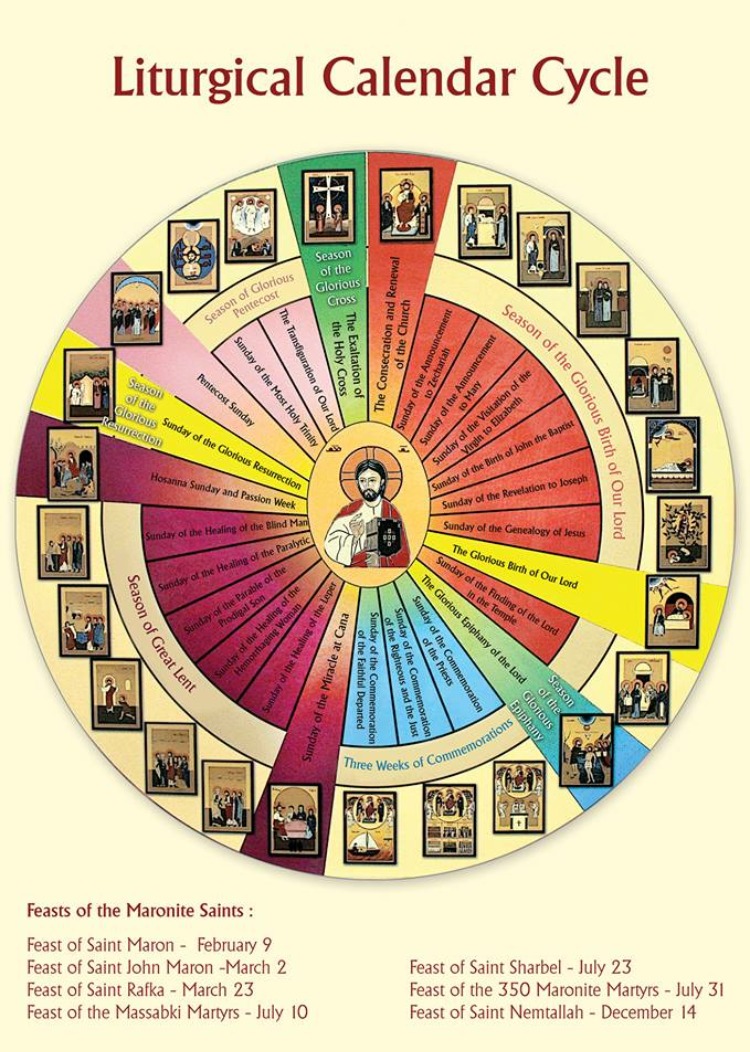
The Catholic Church observes a rich tapestry of liturgical days throughout the year, each offering unique opportunities for prayer, reflection, and celebration. These days, rooted in Scripture and tradition, provide a framework for understanding the Church’s history, teachings, and mission.
This comprehensive guide provides an overview of significant Catholic days in 2025, highlighting their importance and offering insights into their observance.
January
- January 1st: Solemnity of Mary, Mother of God: This feast celebrates Mary’s role as the Mother of Jesus and her unique place in the Church. It marks the beginning of the Octave of Christmas and emphasizes the importance of Mary’s motherhood in the mystery of salvation.
- January 6th: Epiphany: This feast commemorates the visit of the Magi to the infant Jesus, symbolizing the revelation of Jesus as the Messiah to the nations. It highlights the universality of God’s love and the call to evangelization.
- Third Sunday in Ordinary Time: World Day of Prayer for Peace: This day is dedicated to promoting peace and understanding among all people. It encourages Catholics to pray for peace in the world and to work actively for reconciliation and justice.
February
- February 2nd: The Presentation of the Lord: This feast celebrates the presentation of Jesus in the Temple, marking the beginning of his public ministry. It highlights the importance of offering oneself to God and the role of the Church in nurturing faith.
- Ash Wednesday: The first day of Lent, Ash Wednesday marks a time of penance and reflection. The imposition of ashes symbolizes mortality and the need for repentance. This day emphasizes the importance of conversion and preparation for Easter.
March
- March 19th: Solemnity of St. Joseph, Spouse of the Blessed Virgin Mary: This feast celebrates St. Joseph’s role as the foster father of Jesus and his importance in the Holy Family. It emphasizes the virtues of faith, humility, and obedience.
- March 25th: Annunciation of the Lord: This feast commemorates the angel Gabriel’s announcement to Mary that she would conceive and bear the Son of God. It highlights the mystery of the Incarnation and Mary’s fiat, her willingness to be God’s instrument.
- Fourth Sunday in Lent: World Day of Prayer for the Sick: This day is dedicated to praying for the sick and suffering, offering comfort and support to those in need. It encourages Catholics to care for the sick and to recognize the suffering of Christ in their own lives.
April
- Good Friday: This solemn day commemorates the Passion and death of Jesus Christ. It is a day of fasting, prayer, and reflection on the sacrifice of Christ for the salvation of humanity.
- Holy Saturday: The day following Good Friday, Holy Saturday is a day of waiting and anticipation for the resurrection. It is a time of silent prayer and reflection on the mystery of Christ’s descent into the underworld.
- Easter Sunday: The most important feast in the Christian calendar, Easter Sunday celebrates the resurrection of Jesus Christ from the dead. It is a day of joy, hope, and new life, signifying victory over sin and death.
May
- First Sunday in May: Divine Mercy Sunday: This feast, established by St. John Paul II, celebrates the mercy of God, as revealed through the image of the Divine Mercy. It emphasizes the importance of God’s boundless love and forgiveness.
- May 13th: Our Lady of Fatima: This feast commemorates the apparitions of the Virgin Mary to three shepherd children in Fatima, Portugal, in 1917. It emphasizes the importance of prayer, penance, and devotion to the Blessed Virgin Mary.
- Ascension Thursday: This feast celebrates the ascension of Jesus Christ into heaven forty days after his resurrection. It highlights the triumph of Christ and his reign in heaven.
June
- Corpus Christi: This feast celebrates the Real Presence of Christ in the Eucharist. It is a day of thanksgiving for the gift of the Eucharist and a time to reflect on its profound significance.
- June 29th: Solemnity of Saints Peter and Paul, Apostles: This feast celebrates the martyrdom of Sts. Peter and Paul, the two pillars of the early Church. It emphasizes the importance of apostolic witness and the foundation of the Church on the rock of Peter.
July
- July 16th: Our Lady of Mount Carmel: This feast commemorates the apparition of the Virgin Mary to St. Simon Stock in the 13th century. It highlights the devotion to the Blessed Virgin Mary under the title of Our Lady of Mount Carmel.
August
- August 15th: Assumption of the Blessed Virgin Mary: This feast celebrates the bodily assumption of Mary into heaven. It emphasizes the glory of Mary and her unique place in the Church.
- August 22nd: Queenship of the Blessed Virgin Mary: This feast celebrates Mary’s role as Queen of Heaven and Earth. It highlights her dominion over all creation and her intercession for the Church.
September
- September 8th: Nativity of the Blessed Virgin Mary: This feast celebrates the birth of Mary, the mother of Jesus. It emphasizes the importance of Mary’s role in the plan of salvation and her perfect purity.
- September 29th: Archangels Michael, Gabriel, and Raphael: This feast celebrates the archangels, powerful messengers of God. It emphasizes the importance of angelic intercession and the role of angels in the lives of believers.
October
- October 4th: St. Francis of Assisi: This feast celebrates the life and work of St. Francis, known for his love of nature, poverty, and peace. It emphasizes the importance of caring for creation and living a life of simplicity.
- October 18th: St. Luke the Evangelist: This feast celebrates St. Luke, the author of the Gospel of Luke and the Acts of the Apostles. It emphasizes the importance of Scripture and the role of the Church in proclaiming the Gospel.
- October 31st: All Saints Day: This feast celebrates all the saints of the Church, both known and unknown. It emphasizes the universality of God’s call to holiness and the importance of striving for sanctity.
November
- November 1st: All Souls Day: This day is dedicated to praying for the souls of the faithful departed. It emphasizes the importance of remembering the dead and praying for their eternal repose.
- November 21st: Presentation of the Blessed Virgin Mary: This feast commemorates the presentation of Mary in the Temple, signifying her dedication to God from a young age. It emphasizes the importance of offering oneself to God and the role of the Church in nurturing faith.
December
- December 8th: Immaculate Conception of the Blessed Virgin Mary: This feast celebrates the conception of Mary without original sin. It emphasizes the unique grace bestowed upon Mary and her role as the Mother of the Redeemer.
- December 25th: Christmas Day: This feast celebrates the birth of Jesus Christ, the Son of God. It is a day of joy, hope, and celebration, marking the beginning of the Christmas season.
- December 26th: St. Stephen, First Martyr: This feast celebrates the martyrdom of St. Stephen, the first Christian martyr. It emphasizes the importance of bearing witness to the faith and the cost of discipleship.
- December 27th: St. John the Apostle and Evangelist: This feast celebrates St. John, one of the twelve apostles and the author of the Gospel of John, the First Letter of John, the Second Letter of John, the Third Letter of John, and the Book of Revelation. It emphasizes the importance of love, faith, and the revelation of God’s glory.
- December 28th: Holy Innocents: This feast commemorates the massacre of the Holy Innocents by King Herod. It highlights the innocence of children and the violence that can be inflicted on those who follow Christ.
- December 31st: St. Sylvester I, Pope: This feast celebrates St. Sylvester I, a Roman Catholic pope who reigned from 314 to 335. He is known for his role in the conversion of Constantine the Great to Christianity and for his efforts to promote the Church.
Understanding the Importance of Catholic Days
The observance of these days offers numerous benefits for Catholics:
- Deepening Faith: Each day provides opportunities to reflect on specific aspects of the faith, deepening understanding and strengthening belief.
- Spiritual Growth: The liturgical year offers a structured path for spiritual growth, encouraging prayer, reflection, and acts of charity.
- Community Building: Celebrations and observances foster a sense of community and shared faith among Catholics.
- Connection to History and Tradition: Observing these days connects Catholics to the rich history and tradition of the Church, reminding them of the enduring faith of generations past.
FAQs about Catholic Days
Q: How are Catholic days determined?
A: Catholic days are determined by the Church’s liturgical calendar, which is based on Scripture, tradition, and the lives of saints.
Q: Are all Catholic days obligatory?
A: Not all Catholic days are obligatory. Solemnities are the most important feasts, and Catholics are obligated to attend Mass on those days. Other feast days are optional, although Catholics are encouraged to participate in liturgical celebrations as much as possible.
Q: What is the significance of different colors used in liturgical celebrations?
A: The colors used in liturgical celebrations have symbolic meanings. For example, white represents joy, gold represents glory, red represents the blood of Christ, purple represents penance, and green represents hope.
Q: How can I learn more about specific Catholic days?
A: Catholic resources such as the Catechism of the Catholic Church, the Roman Missal, and online resources provide detailed information about each day and its significance.
Tips for Observing Catholic Days
- Attend Mass: Participate in Mass on Solemnities and other important feast days.
- Prayer and Reflection: Dedicate time to prayer and reflection on the themes of each day.
- Read Scripture: Read Scripture passages related to the day’s celebration.
- Acts of Charity: Perform acts of charity or service in honor of the day.
- Share your Faith: Share your faith with others and invite them to participate in celebrations.
Conclusion
The Catholic liturgical year is a journey of faith, offering a framework for understanding the Church’s teachings, history, and mission. By observing these days, Catholics can deepen their faith, grow spiritually, and connect with the universal Church. Each day provides an opportunity to celebrate the mysteries of faith, commemorate the lives of saints, and reflect on the enduring love of God.
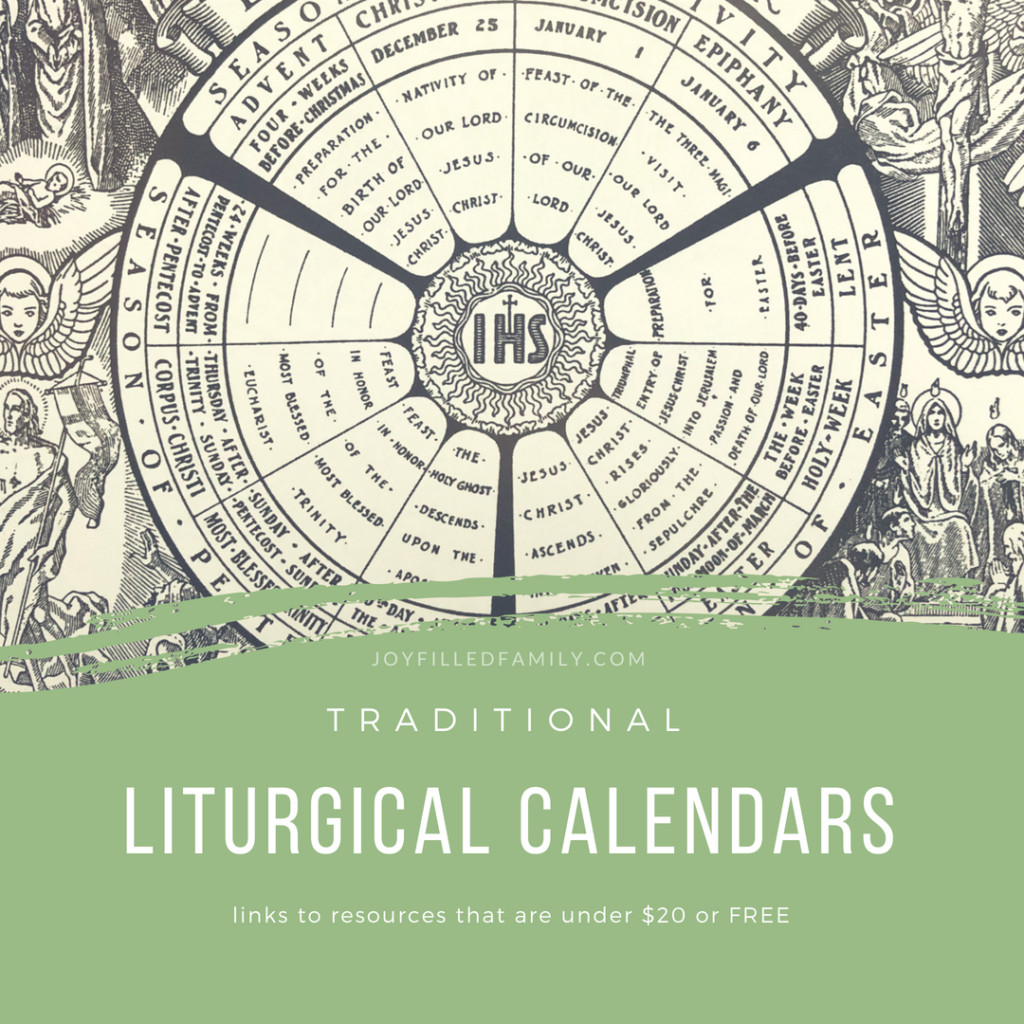

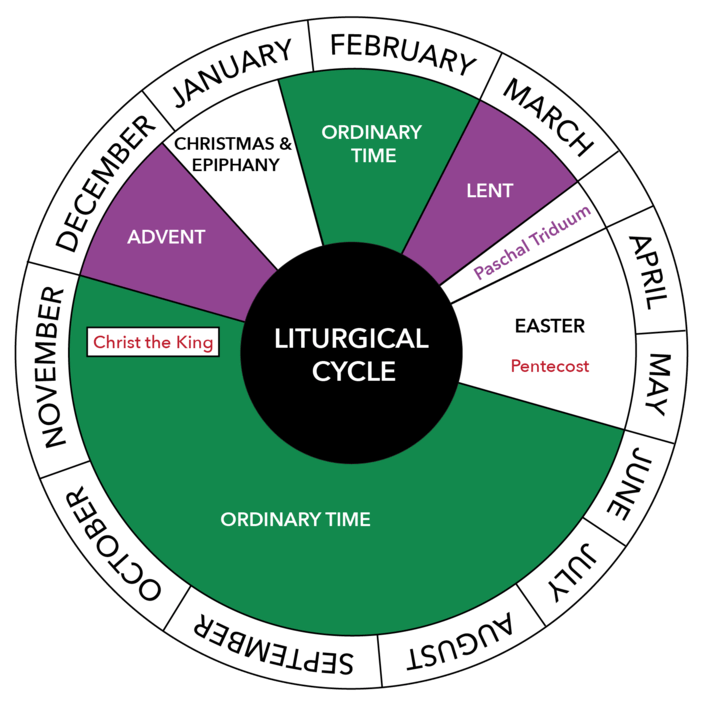

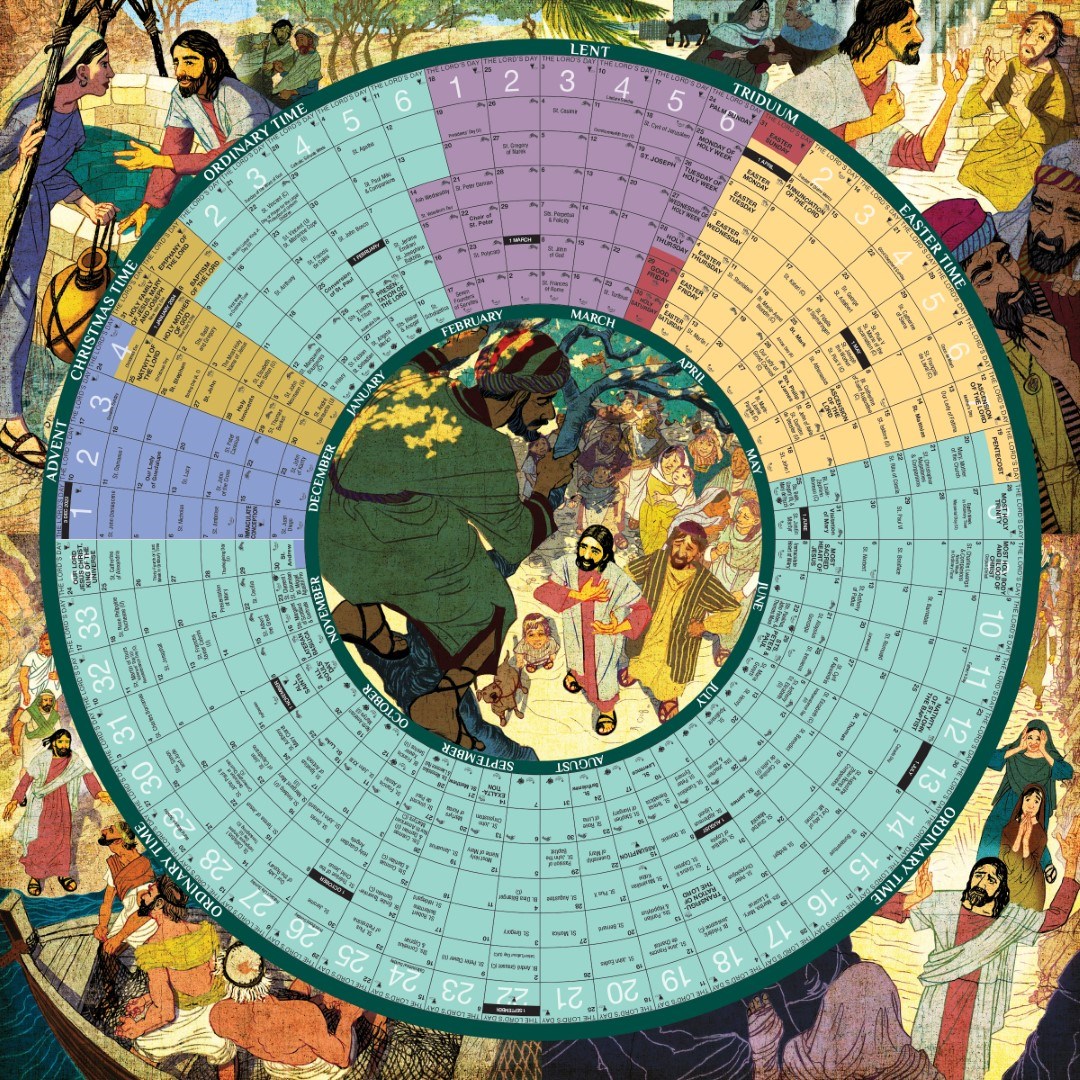

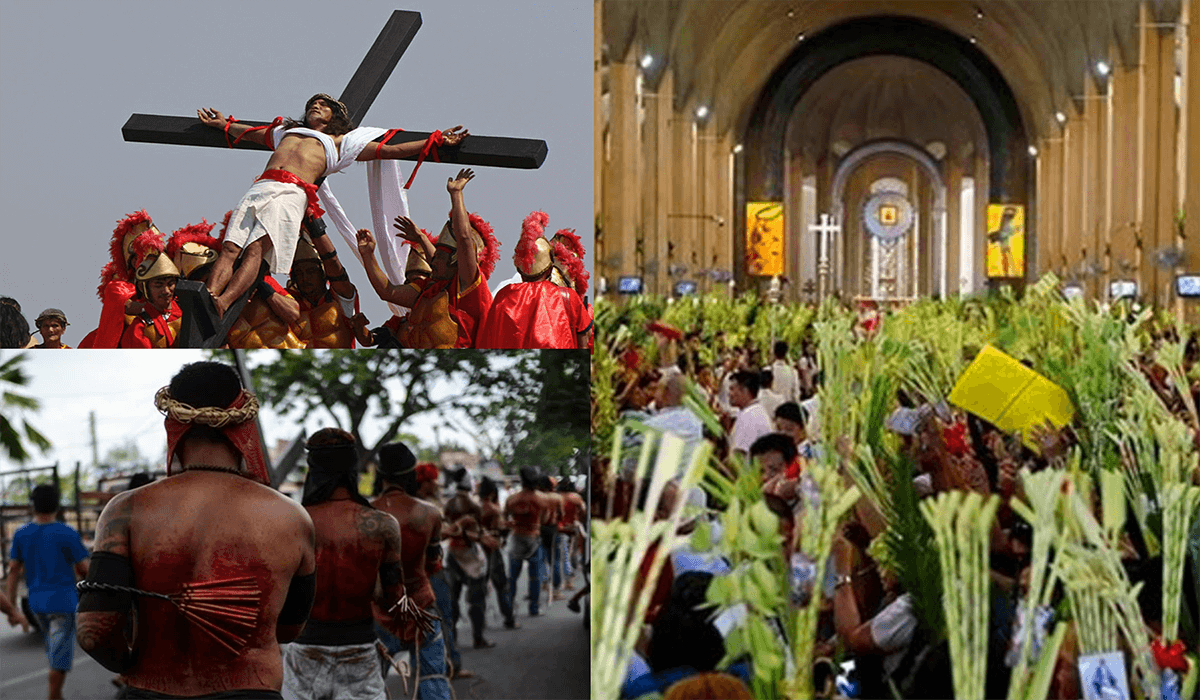
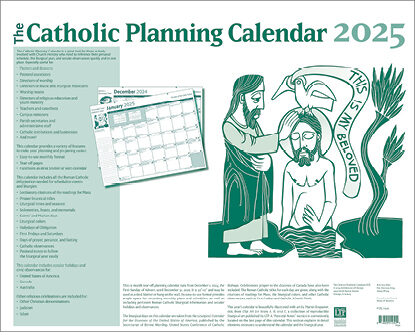
Closure
Thus, we hope this article has provided valuable insights into A Guide to Catholic Days in 2025: Celebrating Faith and Tradition. We appreciate your attention to our article. See you in our next article!
